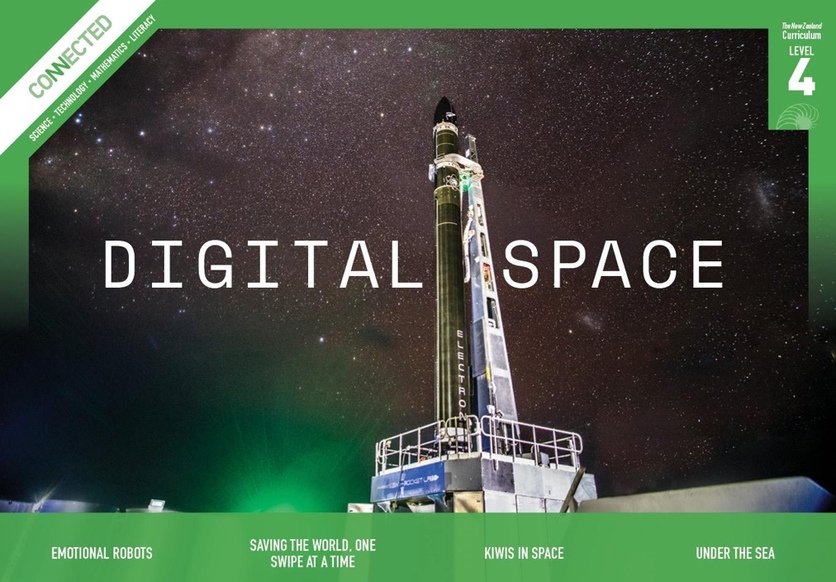This Connected article by Sophie Fern, reports on a survey of a 100-metre long rocky reef located 11 kilometres off the Taranaki coast. Students from local high schools partnered with divers, biologists, engineers, fishers and local iwi to discover and record the plants and animals that make the reef their home. The article focuses on the survey methods being used and the different technologies involved in each method.
To ensure that as much of the reef could be covered as possible, four different survey methods were used to collect data:
- underwater camera surveys – a specially designed camera was fixed on the reef floor and film footage collected every few weeks
- diver transects surveys – divers took photos and samples from sections of the reef floor and students helped identify species from these photos
- hook-and-line surveys – students used barbless hooks to catch fish, record information and then return them to the sea
- acoustic surveys – used underwater microphones called hydrophones.
This article supports the science capabilities gather and interpret data and engage with science.
Check your school library for the article from the 2018 level 4 Connected journal ‘Digital Space’ download it as a Google slide presentation from Tāhūrangi or order it from the Ministry of Education.
The teacher support material (TSM) can be downloaded from Tāhūrangi (Word and PDF files available). It has three learning activities that support the exploring the science, technology and mathematics and statistics aspects of the New Zealand Curriculum – Ordering our world, Satisfying our curiosity and Listening to the ocean.
Related content
Find out more about New Zealand’s noisy reef – this article introduces our range of resources, including Life on a reef and How sound travels through water.
As part of this project, students learnt about the importance of species classification.
Explore other examples of students working with scientists and their community in these Participatory Science Platform (PSP) projects.
Check out our entire range of Connected articles here. We’ve curated them by topic and concepts.
Citizen science
Use one or more of these citizen science projects with your students and help scientists with species identification:
- Marine Metre Squared (this project also uses transects)
- iNaturalist
- eBird
- New Zealand Garden Bird Survey (held in late June)
- Big Butterfly Count (held in February)
If you can’t get out into nature, but still want to help and encourage good observation skills with your students, try one of these projects below – scientists need help processing large numbers of images:
Here are some planning tips for using a citizen science project with your students.
Activity ideas
Making and using a quadrat gets students outside to observe local biodiversity. Watch a demonstration of the sampling technique in the video Using a quadrat.
Explore student ideas about the characteristics of living things with this graphic organizer, Living or non-living?
Make and use a hydrophone and listen to underwater sounds.
Careful observation is an important part of science, as outlined in the activity Observation: learning to see.
Useful links
For more, see the Project Reef Life website, a Taranaki Participatory Science Platform (PSP) (part of a Curious Minds) managed by Venture Taranaki.
The Connected journals can be ordered from the Down the Back of the Chair website. Access to these resources is restricted to Ministry-approved education providers. To find out if you are eligible for a login or if you have forgotten your login details, contact their customer services team on 0800 660 662 or email orders@thechair.education.govt.nz.
Acknowledgement
The Connected series is published annually by the Ministry of Education, New Zealand.


